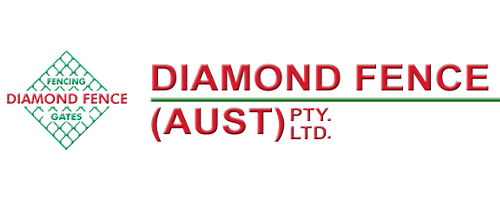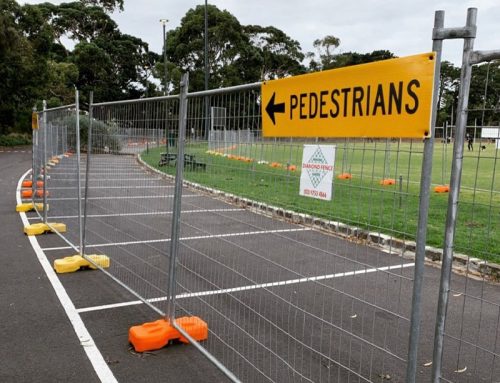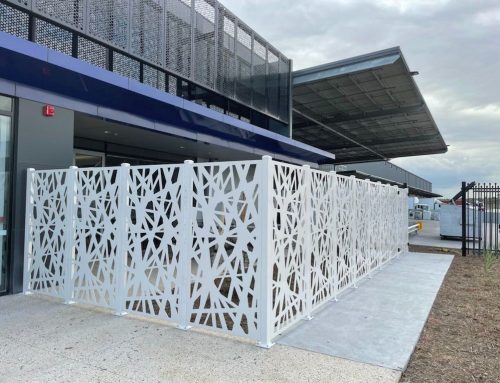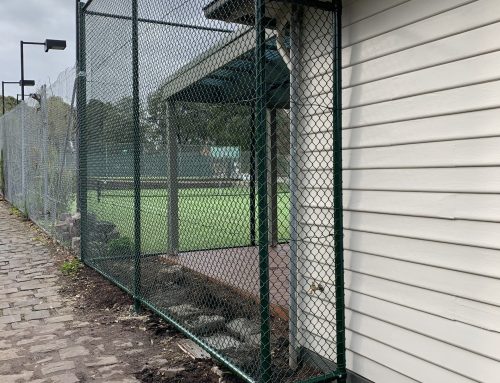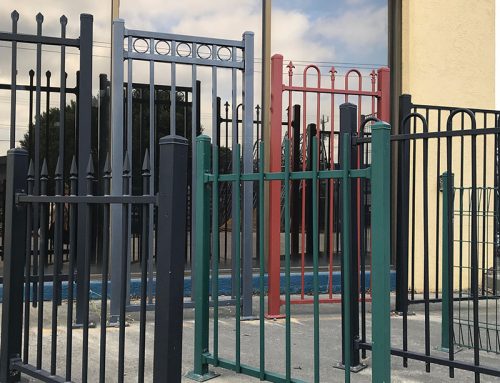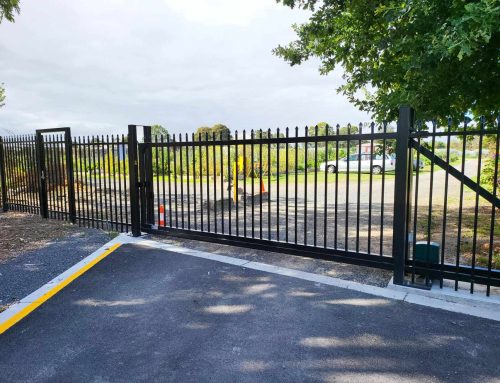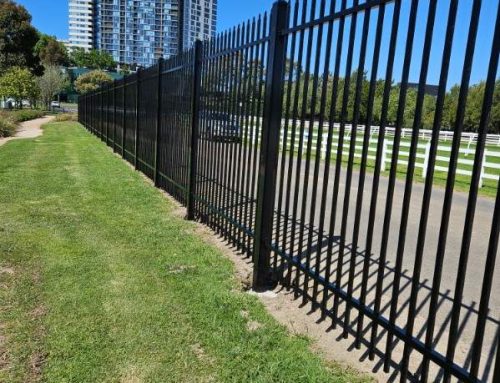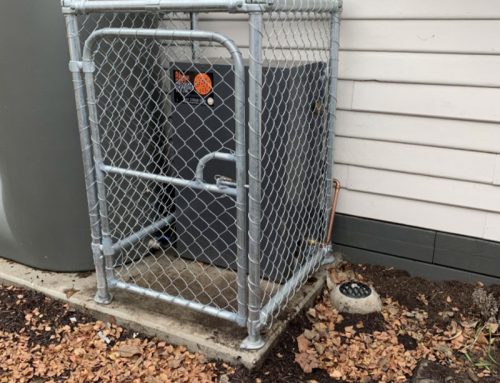Colorbond steel fencing is famous for its durability, elegant appearance and low-maintenance requirements, making it a popular choice for residential, industrial and commercial properties in Melbourne.
However, coastal environments present notable challenges that can affect the performance and longevity of Colorbond steel fencing. The combination of salt-laden air, high humidity and harsh weather conditions can accelerate corrosion and wear, posing substantial maintenance issues.
This blog post explores the specific impacts of coastal environments on Colorbond steel fencing in Melbourne. It provides practical tips for homeowners and property managers to protect and preserve fences surrounding their premises.

Effects of Coastal Conditions on Colorbond Steel Fencing
Salt Corrosion
Salt corrosion is a significant concern for Colorbond steel fencing in coastal environments because salt-laden air is common in these locations. Salt can settle on the steel surfaces, accelerating rusting and degradation.
When salt particles accumulate on the Colorbond fencing, they attract and retain moisture, forming an ideal environment for corrosion. That compromises the protective coatings and eventually leads to structural weaknesses. Unless the fencing is not properly managed. That is why regular maintenance is essential to prolong the lifespan of Colorbond steel fencing in coastal regions.
Humidity and Moisture
Humidity and moisture also present challenges to Colorbond steel fencing in coastal areas. High humidity levels contribute to the persistent presence of moisture on the fence’s surface, which can accelerate the corrosion process of the steel. Moisture can also get into small scratches or imperfections in the protective coating, promoting rust formation from within.
Wind and Sand Abrasion
Wind and sand abrasion can significantly impact the longevity of steel fencing. Wind-driven sand and dust particles act like a sandblasting mechanism, slowly wearing down the surface of the Colorbond steel. That can cause scratches and dents, which may compromise the shielding coating of the fencing. Over time, the repeated impact from these sand and dust particles can lead to paint chipping and rust formation, affecting the aesthetic allure and structural integrity of the fence.
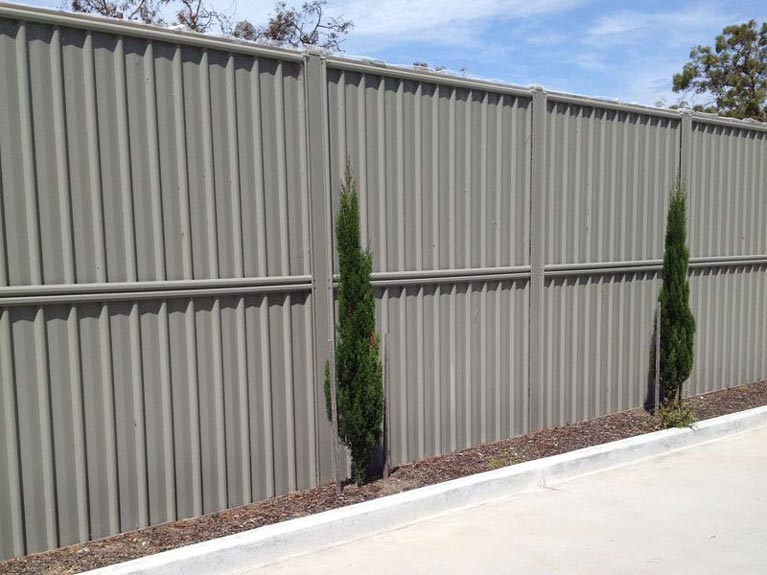
Maintenance Tips for Coastal Colorbond Fencing
Maintaining Colorbond fencing in coastal areas demands some specific upkeep due to the harsher conditions posed by salt, wind and moisture.
Here are some tips to keep your Colorbond fence in good condition:
- Regular cleaning every 6 to 12 months.
- Inspecting for damage (scratches, dents or corrosion) and repairing promptly. For minor scratches, touch-up paint specifically designed for Colorbond can be used.
- Address salt accumulation and make sure that after heavy rain or during cleaning, you rinse off any salt deposits thoroughly.
- Check for rust, especially around scratches or areas where the paint might have worn off.
- Secure fencing with suitable fasteners and fixtures. Ensure that all screws, bolts and other fasteners are securely in place. Coastal winds can loosen fittings over time.
Interested in the Colorbond Steel Fencing in Melbourne? Ask Diamond Fence!
If you are interested in exploring the steel fencing options provided by Diamond Fence in Melbourne and Greater Victoria, we encourage you to reach out to us today!
You can contact us by either sending an email to info@diamondfence.com.au or by placing a phone call to our dedicated line at (03) 9753 4566.
For your convenience, we have also an online enquiry form that offers an efficient means of communicating with us. This form allows you to submit any inquiries or concerns you may have.
We eagerly await the opportunity to assist you further and provide the necessary details regarding your steel fencing enquiry.
